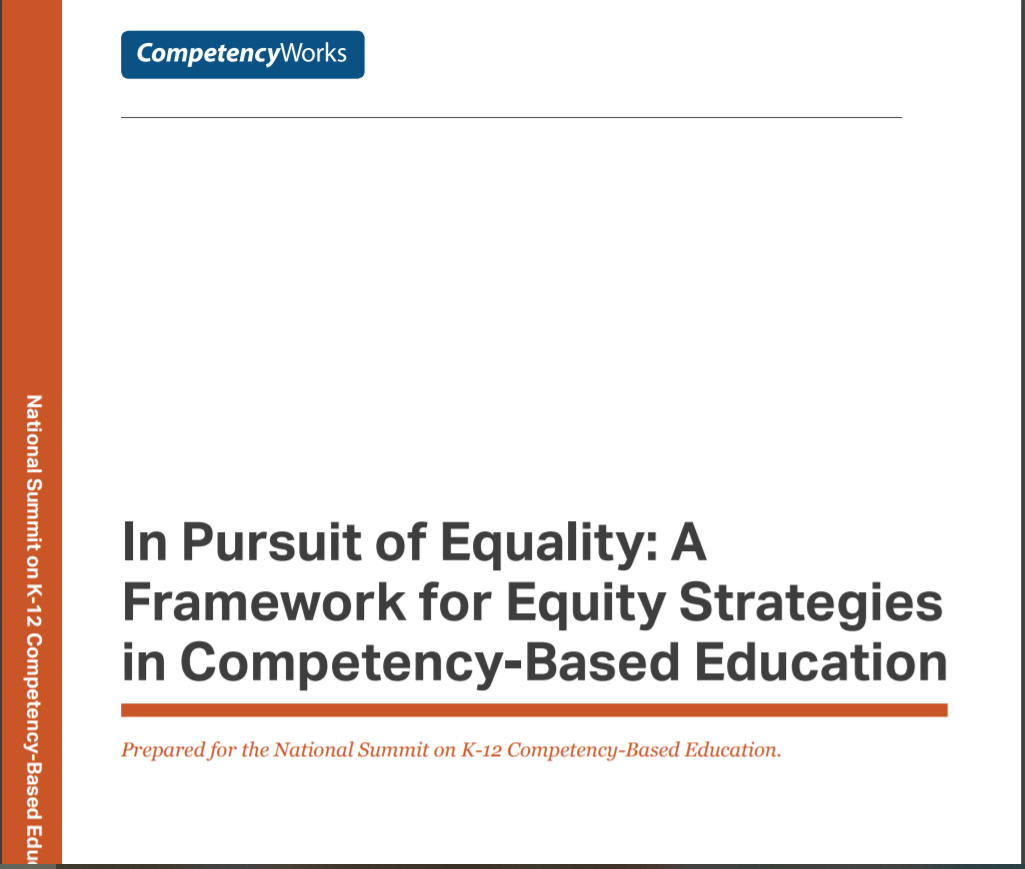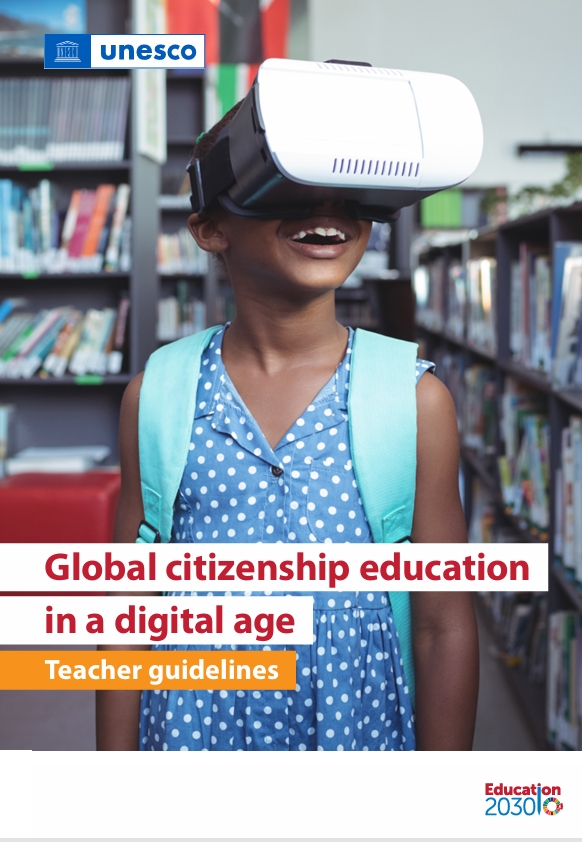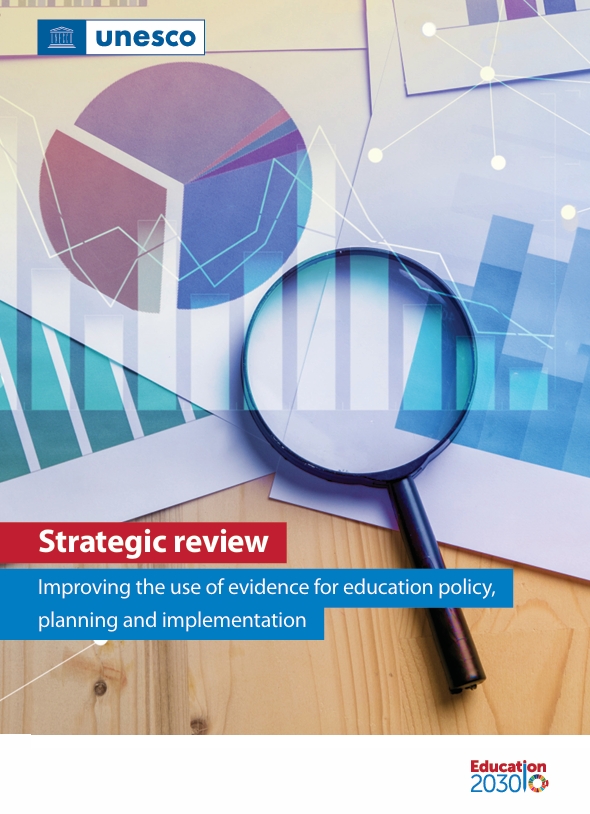Introduction
The role of public education has never been more important – it is the bedrock of democracy. The failure to provide an equitable public education that enables equal access to opportunity unravels the American dream. Competency-based structures for education hold promise as uniquely powerful models for fostering equity, but only if equity is an intentional
design feature of those structures.
Despite dramatic improvements in education over the last century, the one-size-fts-all, delivery-of-curriculum, timebased system simply doesn’t work as well as needed. In fact, the traditional system was designed to rank and sort
students through a combination of practices including A-F grades that rarely invited opportunity to revise and improve skills; grading policies that bolster or reduce grades based on behavior; tracking systems that set diferent expectations for students; and passing students on to the next level with Cs and Ds at the end of each year despite the fact that they had not learned what they needed for more advanced courses.
With the idea of a fxed mindset underpinning the traditional K-12 system – children were either labeled smart or not so smart, and nothing could change that – teachers played a powerful role in determining the future of their students. Furthermore, if students were already categorized as smart or not so smart, there wasn’t much a teacher could do to shape the future of students. Add into this mix the ideas that girls, immigrants, children from families that worked in farms or factories, and Native American or African-American children either couldn’t or shouldn’t learn to high levels. The result? Only one-third of our eighth graders were performing at grade level or above in math and reading. Inequality was reinforced and inequitable educational outcomes were systematically produced. Efficacy and accountability of the teaching profession and schools were diminished.
The students who have been most harmed by the traditional system are those born into families without a college education and/or that struggle to make ends meet; children of color; children with disabilities who require some type of accommodation; and children who are new to our country or were raised in homes speaking a primary language other than English. Across the country, educators and policymakers are coming to the same conclusion: the structure of the traditional system is a barrier. The premise of competency education is that the traditional education structure, which is designed to sort students, can be replaced with one that is designed for every student to succeed. When we design for ensuring mastery, we have to build around equity and draw upon the research that informs us about how students learn best. If competency education is going to realize its promise, we must take responsibility for ensuring that each and every student benefts by mastering the skills they need to succeed, and that each and every student is learning, progressing, and on their way to building the competencies required for college and careers. Taking responsibility is the frst step in establishing internal accountability. It is also the frst step in creating a competency-based system that will produce greater equity. Educators and policymakers must pursue competency-based systems with eyes opened wide to the persistent threat of inequity. It requires vigilance to seek out and eliminate the implicit bias and inequitable distribution of resources that can undermine even the best-designed schools.






